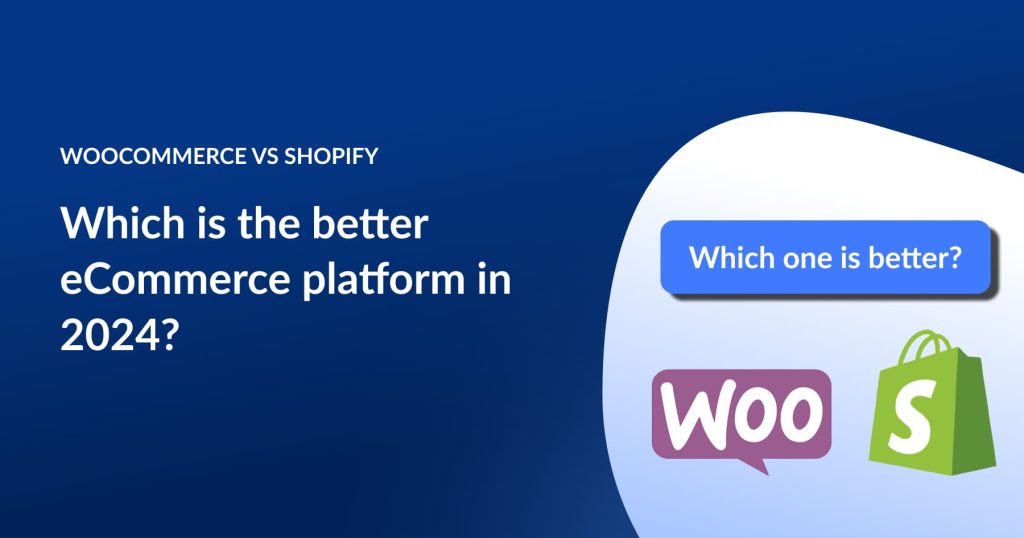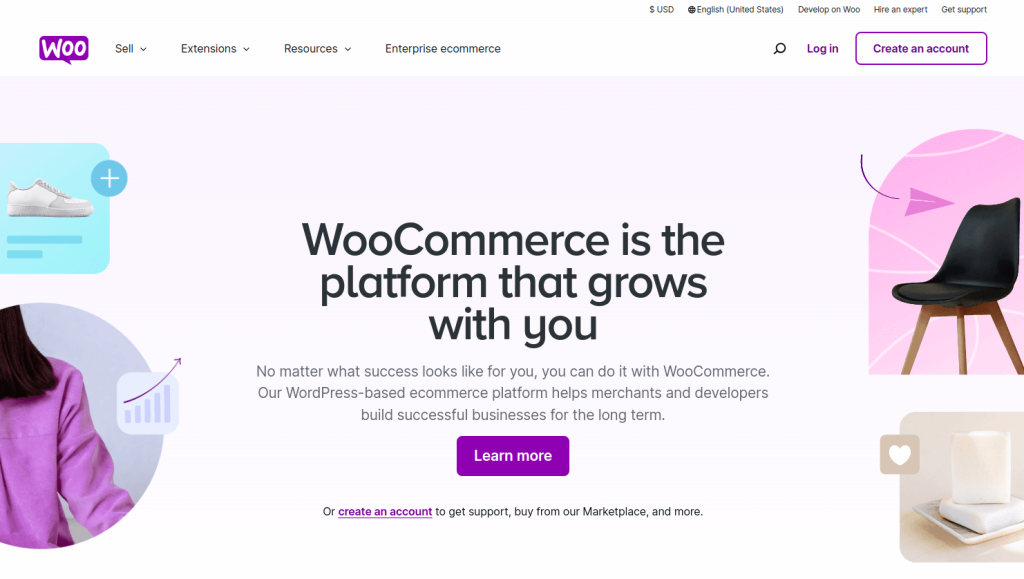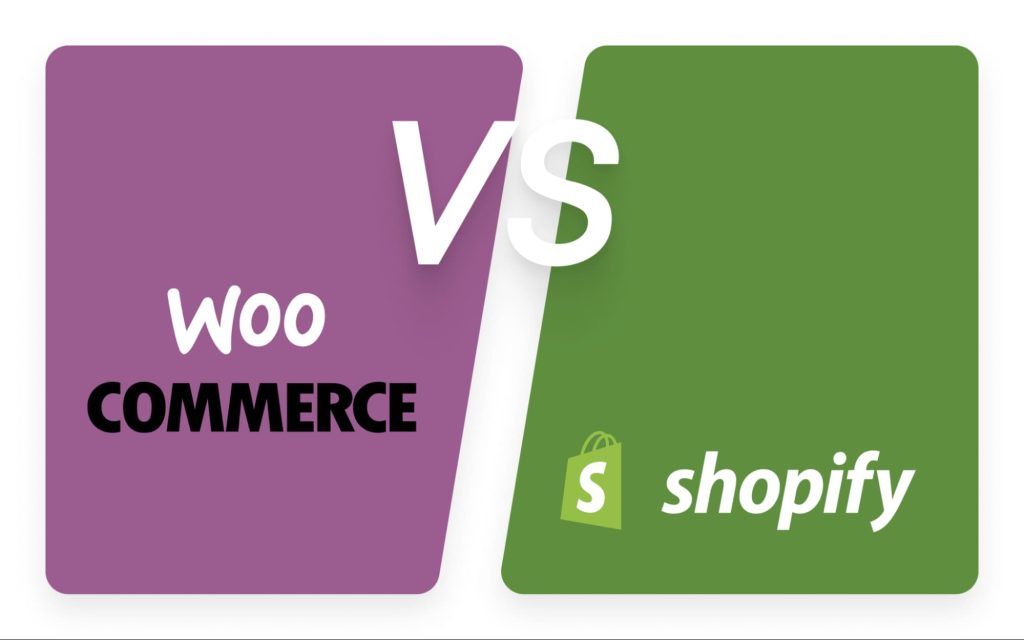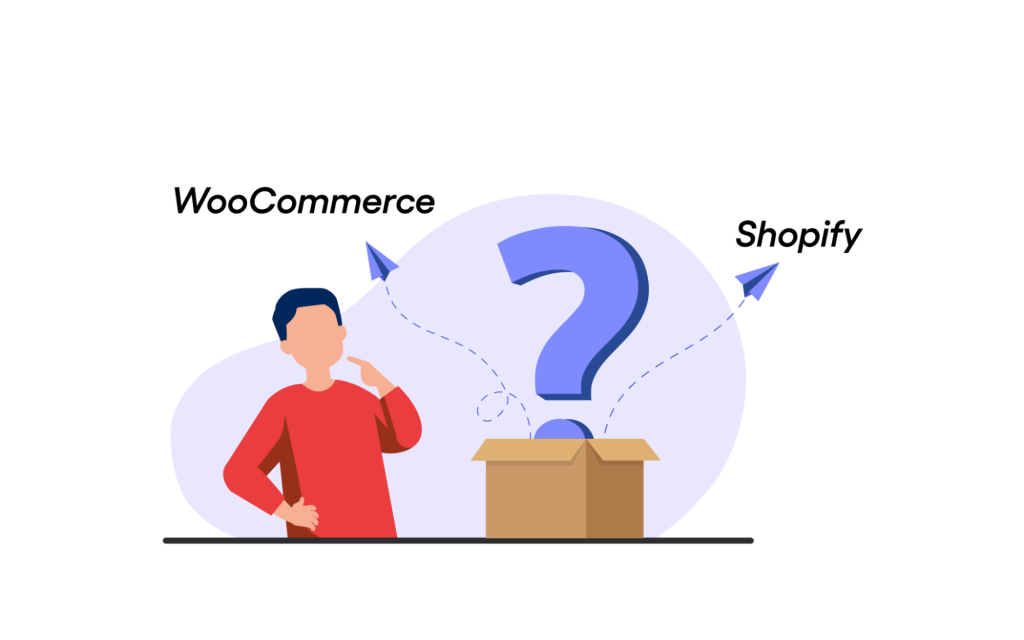Post BFCM Sale: Save upto 60%!
Offer valid for a short period.
00
Days
00
Hours
00
Minutes
00
Seconds
Post BFCM Sale: Save upto 60%!
Offer valid for a short period.
Increase Your Order Value With Smart Upsells
Personalize product recommendations, customize upsell offers, increase AOV, and boost sales with our all-in-one WooCommerce Upsell plugin.


Are you struggling to choose the best eCommerce platform in 2025 to launch your online store? You are at the right place.
WooCommerce Vs Shopify is still under debate while both are the best eCommerce platforms to build and launch your shopping store in minutes. However, these two platforms vary to an extent in terms of their features. Plus, they are built for different types of users and business models.
In this comparative guide on, we’ve completely covered the key differences between these two spaces. We’ll also look into various aspects like performance, speed, dropshipping, SEO, pricing, and much more.
Let’s get started!
Boost sales by Upselling and Cross-selling in your WooCommerce store using UpsellWP.
WooCommerce is an open-source eCommerce plugin exclusively designed for WordPress. With this plugin, you can turn your WordPress site into an online store in a few clicks. Launched in 2011, WooCommerce has 7+ million active installs as of 2024.

Whereas, Shopify is a self-hosted eCommerce platform offering complete solutions to online stores. With its user-friendly interface, you can easily set up and manage your online stores without any learning curve. Launched in 2006, Shopify has 4.47 million daily active users as of 2024.

Now let’s look into its other attributes in detail to know their differences.
Performance has a distinct role in impacting user experience and consequently, conversion rates. Let’s get to know which platform has better performance.
Performance Of WooCommerce
WooCommerce is not self-hosted, so the type of hosting provider you choose greatly impacts the performance. By implementing caching, CDN, and other optimization techniques, you can significantly strengthen the performance.
By using a better-coded theme and not integrating too many plugins, you can see the maximum performance of WooCommerce
Performance Of Shopify
Since Shopify is self-hosted, it takes full control over performance-related issues. Its servers are well-optimized for eCommerce and handle all the system updates and upgrades thus offering maximum performance.
Shopify’s limited customization option makes it less prone to performance-degrading code. Plus, Shopify has a global CDN for faster content delivery.
Speed is an important component as it highly affects user experience and SEO. Here we dealt with WooCommerce and Shopify to see which has better speed.
Speed Of WooCommerce
Depending on the hosting provider, server location, image optimization, and minification of CSS and JavaScript, the speed of WooCommerce can vary to a great extent.
With the right setup like proper caching, regular database cleanup, and optimization, WooCommerce runs at its maximum speed.
Speed Of Shopify
Shopify ensures fast loading speed regardless of customer location and is known for its quick loading time. Themes, images, and code are automatically optimized in Shopify so that they don’t slow down the site speed.
In short, Shopify has the fastest loading speed and doesn’t need to be optimized manually.
Dropshipping has grown rapidly in 2025 and it has become quite an important factor to consider when choosing the best eCommerce space.
Dropshipping in WooCommerce
By integrating third-party WooCommerce dropshipping plugins like AliDropship and WooDropship to connect with suppliers and set up dropshipping in your store.
Plus, you can also take complete control over the dropshipping process and customization settings based on your business targets.
Dropshipping in Shopify
Using Shopify, setting up dropshipping is just a breeze and generally easy for amateurs. Integration of Oberlo in Shopify makes dropshipping a hassle-free process. You can also easily import products from different suppliers with just one click.
Shopify streamlines the dropshipping process and automates the order fulfillment process which makes Shopify an ideal option for dropshipping.
Setting up an online store isn’t enough if it isn’t optimized for SEO (Search engine optimization). SEO is a crucial component that plays a significant role in increasing visibility and driving organic traffic to your web store.
WooCommerce SEO
WooCommerce has strong SEO capacities as it is built upon WordPress. As a WooCommerce store owner, you get complete control over your site’s SEO settings and strategies. You can also easily customize your product and category URLs.
To boost your site’s SEO, you can also publish blogs and other content on your site. You can also integrate SEO plugins like Yoast SEO to manage on-page SEO elements automatically.
Shopify SEO
Shopify comes with default SEO features. Here, you can fully edit and customize the meta tags and meta description of your shop page. Shopify also offers mobile-responsive themes thus boosting your site’s SEO.
Just like WooCommerce, Shopify provides options to publish blogs.
Increase your WooCommerce store’s AOV by suggesting related products from product page to thank you page using UpsellWP.
Whatever the platform, pricing is a deciding factor as you must opt for the one that fits your pockets.
Price of WooCommerce
Implementing WooCommerce in your WordPress site is completely free. But there are other associated costs for hosting, domain, SSL certificate, premium theme, and WooCommerce plugins.
Price of Shopify
Shopify is not a free tool. It has 3 tiered plans,
Pricing plans are quite expensive in Shopify so choose based on your budget.
In this section, let’s look into the pros and cons of each eCommerce platform.

WooCommerce Pros and Cons
Pros
Cons
Shopify Pros and Cons
Pros
Cons
Here’s a quick comparison between WooCommerce and Shopify
| S.No | Features | WooCommerce | Shopify |
| 1. | Ease of use | Comparatively not so easy | Easy to use |
| 2. | Performance & Speed | Basic speed & performance | Maximum speed & performance |
| 3. | Hosting | External hosting | Self-hosted |
| 4. | Customization | Fully customization features | Fewer customization options |
| 5. | Pricing | Free and open-source | Only paid plans |
| 6. | SEO | Advanced SEO features | Basic SEO features |
| 7. | Dropshipping | Basic dropshipping options | Excellent dropshipping options |
| 8. | Scalability | High scalability | High scalability |
| 9. | Payment options | Flexible payment options | Flexible payment options |
| 10. | Support | Customer support | 24/7 customer support |

Both WooCommerce and Shopify come with their distinct set of features and choosing the one between them is totally based on your business size, budget, requirements, and technical skills.
However, if you already own a WordPress site and wish to convert it into a shopping store, WooCommerce will be the right option. Plus, if you want to hold full control of your site and make complete customization to your store, WooCommerce will be the best fit.
WooCommerce suits stores of all sizes and different budgets.
Whereas, if you’re looking for a tool that takes over the entire hosting, and technical aspects of your store, Shopify would be the better option. It offers an easy-to-use interface at a premium cost.
The only drawback is that Shopify suits only stores with high budgets.
Both WooCommerce and Shopify continue to upgrade and improve features they lag. WooCommerce is working on enhancing its user experience and Shopify on its customization features.
Attract customers to purchase more by displaying product recommendations in your WooCommerce store using UpsellWP.
Whether you run a small business or looking to switch to other eCommerce platforms, this comparison guide will help you make an informed decision.
Both WooCommerce and Shopify offer the best features to run a successful online store in 2025. Opt for the one depending upon your budget, desired level of control, technical expertise, and business goals.
Always stay informed and updated on the latest developments in these two eCommerce platforms to ensure your chosen platform continues to meet your business needs.
If you are already running a WooCommerce store, refer to the guides below to upsell and cross-sell your store products.
For beginners, WooCommerce is the better choice for its simple setup, customization, and built-in features for free.
Yes, you can migrate from Shopify to WooCommerce and vice-versa using plugins like Shopify too WooCommerce migration plugin, or LitExtension.
If you want an eCommerce platform that is easy to use, highly secure, scalable, and has robust customer support, then you can switch from WooCommerce to Shopify.
No, WooCommerce does not take a cut of sales. Plus, it also doesn’t charge any transaction fee.
Yes, WooCommerce can easily handle 10,000 products. There aren’t any limitations on the number of products you can add to your WooCommerce store.
WooCommerce is an exclusively designed plugin for WordPress, so you need to be familiar with WordPress to use WooCommerce.